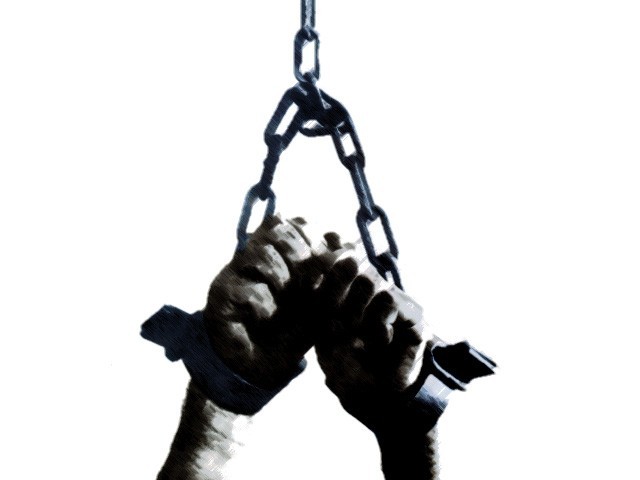MUMBAI: Balkrishna can paint orange and blue hues on and around a young, gun-toting Amitabh Bachchan – now Bollywood s biggest superstar – with his eyes closed.The 74-year-old artist has produced the poster for Sholay – one of Bollywood s most famous cult flicks about two reformed criminals who save a village from evil bandits – thousands of times.Before TV ads and movie previews, fans of Indian cinema guessed plots by looking at these towering billboards and their colorful action montages. This movie is called Sholay ( Fire ) so the poster should have red. It should show drama, he said, while rapidly rosing Bachchan s cheeks. A hero should look like a hero, a villain like a villain. We make green faces for villains so people would know by the expression and the eyes who the characters of the film are, he said.But that is an era now gone. As India s culture has rapidly embraced Western tastes, so has its film industry.Today s posters mimic Hollywood s: The emphasis is on photos, and sexy heroes and sultry heroines dominate – not attempts to explain the plot.Yesterday s posters are nearly forgotten, found only in the private art collections of a handful of fans. If I show those posters to my children, they will say, What is this? This is a generation gap – between the tastes of yesterday and today, said KD Pinkyar, a Mumbai resident who remembers the posters from when he was a teenager frequenting cinema halls.Balkrishna s studio was one of dozens that churned out hand-painted posters in Mumbai, home of the world s most prolific film industry.He and his 18-man team worked on posters for Bollywood classics like Mother India, Deewaar and Mughal-e-Azam during the 1970s.A single film poster required six months of work, from concept to mass production. The art studios received 20 rupees (50 cents) per square foot, a meager sum when divided among the laborers.As a release date neared, swarms of men would work into the wee hours copying the design created by Balkrishna. We would stay up just watching the senior artists work. Even if we didn’t have something to do, we were kept up by our excitement, said Ramakant Fadte, who was a young understudy during the poster art s prime.Europeans say they want Bollywood color faces The finished panels were carted to the streets and assembled into advertisements of 120 by 60 feet (36 by 18 meters), certain to create buzz about the upcoming film. Six months before the picture, the posters would go up. After looking at the posters, people would decide whether to come see the film, he said.Forced to reckon with changing times, some poster artists – like Balkrishna and MF Husain, known today as the Picasso of India – have applied their skills to other art forms.Balkrishna transformed his kitschy craft into a Western craze. He has traveled to Australia, Britain, Italy and Switzerland, marketing his paintings to foreigners crazy about Bollywood.He has even painted clients faces into famous Bollywood posters, giving fans a personalized keepsake from a bygone era. The Europeans say they want Bollywood color faces. They ask us to paint them green and red, he said.Balkrishna charges 2,000 rupees per square foot, and his paintings range from 12,000 rupees to 1.2 million rupees (300 to 30,000 dollars) for a full-size billboard.His clients range from European museums and theatres to individual travelers. Maybe they saw a Bollywood film once or twice and they just liked that oriental touch, said Hans Demarmels, a Swiss resident who bought up dozens of Balkrishna s posters.But that trend, too, is waning. Balkrishna said orders have dwindled in the last year. A few months ago, he emptied his famous studio in the Mumbai suburb of Dadar. Artists don’t just paint to hang things up at home. They want people to appreciate and buy their art, he lamented.In recent years, India s private art collectors have taken note of the dying hand-painted poster art.Osian s Art Gallery auctioned rare posters for thousands of dollars in Mumbai last year to art fans like Nargis Wadia. We were brought up to look at Da Vinci or the Italian Renaissance as the epitome of art. We looked down at these raw colors and this rather in-your-face kind of storytelling which is not at all subtle, Wadia said.Now Wadia says she appreciates the poster artist s vision, which comes from simpler times. When asked whether she regrets that the art has died, Wadia said, I think things have to move on. You can t stop time, and you can t stop the evolution of ideas. -AFP


